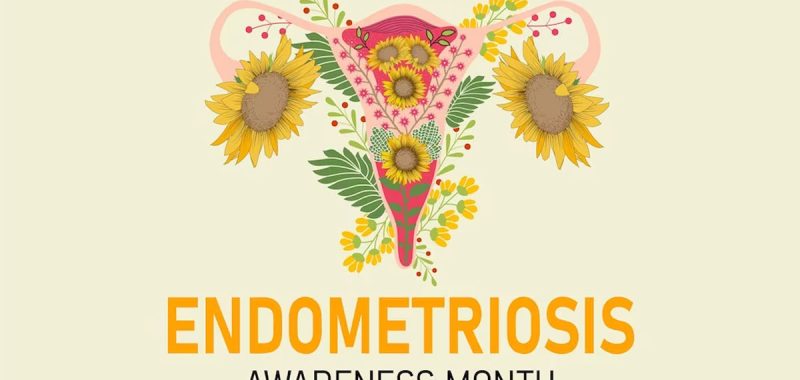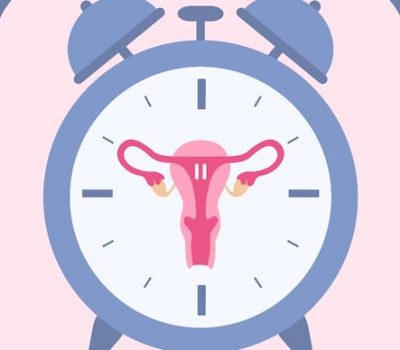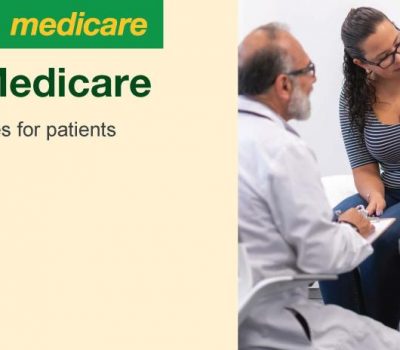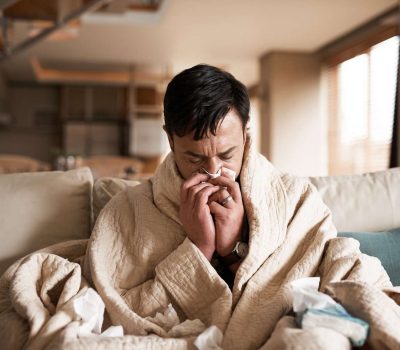By Dr Sarah Lewis
This March is National Endometriosis Awareness month.
Endometriosis is a condition in which the type of body tissue that usually lines the uterus (womb) is found in other parts of the body – most commonly, on the ovaries, fallopian tubes and/or other parts of the pelvis; as well as sometimes the bowel or bladder. The statistics are alarming: in Australia, nearly 1 million girls, women and those assigned female at birth have a diagnosis of endometriosis. Despite this high prevalence, it has historically been underdiscussed and underdiagnosed. The fact that it has been given this platform is a very positive step forward, in my opinion.
Symptoms
What are the symptoms of endometriosis?
- Pelvic pain is the most common symptom. This may present as painful menstrual periods; however, pain can also occur around ovulation or during the rest of the cycle.
- Painful sex: Pain felt within the pelvis or lower abdomen.
- Back pain
- Bowel symptoms: Painful bowel movements, bloating, diarrhoea and/or constipation – especially around the time of your period.
- Urinary symptoms: painful urination, feeling of incomplete bladder emptying, frequent need to pass urine. NB*** If these symptoms come on suddenly, ensure that you see a doctor to rule out infection.
Diagnosis
Unfortunately, due to multiple factors, reaching a diagnosis of endometriosis often takes time and it is important to find a doctor who really listens to your concerns. Sometimes, symptoms alone are enough to start treating presumed endometriosis, prior to any tests being done.
The only way to definitively diagnose endometriosis is via laparoscopy (keyhole surgery), where a biopsy (sample of tissue) can be taken and is then examined under a microscope. Sometimes, signs of endometriosis can be seen on pelvic ultrasound. Ultrasound is also used to rule out other causes of pelvic pain.
Treatment
The treatment of endometriosis should be individualised and, often, multi-faceted. A whole article could be written about this! In brief, treatments can be grouped into medical (i.e. using medications), surgical and last, but not least, allied health and complementary therapies.
- Medical treatments are often classified as either hormonal or non-hormonal. Non-hormonal medications are primarily painkillers, as well as medications that can help bladder and bowel symptoms. Hormonal treatments range from various oral contraceptive pills and intrauterine devices (e.g. mirena) to different kinds of hormonal implants, which are inserted just under the skin.
- Surgical treatments typically involve laparoscopy (keyhole surgery) – if endometriosis tissue is seen, it can sometimes be removed during the procedure.
- Important allied health treatment often includes input from a specialised women’s health physiotherapist, who will often discuss pelvic floor exercises. For some, a psychologist, dietician, acupuncturist, naturopath and/or nutritionist may be beneficial. Mindfulness, meditation and particular forms of physical activity have been shown to help reduce pelvic pain. An “anti-inflammatory diet” and massage therapy have also shown some benefit. See the resources below for more information.
Take-home Messages
My main take-home points are:
- Endometriosis is very common.
- Painful periods that affect your life are not normal and not something you should have to “put up with”.
- Find a doctor, whether it be a GP or specialist, who you feel is really listening to you and hearing your concerns.
- Don’t be afraid to seek a second opinion if you are not getting the help you feel you need.
- Reach out and speak to friends and family – you never know who is suffering in silence. Encourage them to seek professional help and support them on their journey.
Some useful resources
- Jean Hailes – Endometriosis. https://www.jeanhailes.org.au/health-a-z/endometriosis
- Endozone. https://www.endozone.com.au/
- Endometriosis Australia. https://endometriosisaustralia.org/
- Managing persistent pelvic pain – Jean Hailes. https://www.jeanhailes.org.au/health-a-z/persistent-pelvic-pain/what-you-can-do
- Endometriosis and natural therapies – Jean Hailes. https://www.jeanhailes.org.au/health-a-z/endometriosis/endometriosis-natural-therapies#healthy-living-diet-physical-activity
- Endometriosis and exercise. http://exerciseismedicine.com.au/wp-content/uploads/2021/05/EIM-FactSheet_Endometriosis_Professional_2021.pdf
- Online chronic pain management programme – Pathways. https://www.pathways.health/






